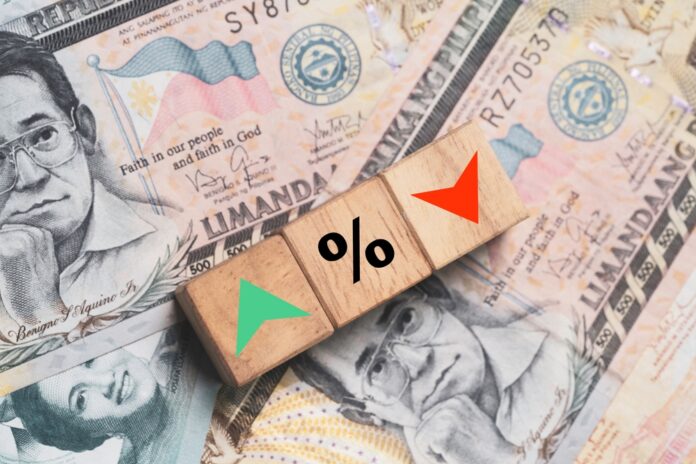Inflation across the Philippines is forecast to range as low as 3.5 percent but should not top 4.3 percent in April in latest simulations conducted by the Bangko Sentral ng Pilipinas (BSP).
Its projected path in April is one of five countries in Asia and the Pacific that the International Monetary Fund (IMF) projects to post at or near-target inflation outcomes this year. In the case of the Philippines, the official forecast is for inflation averaging 3.4 percent this year.
But latest readings by the BSP indicate price increases driven by rice, meat and gasoline made worse by a weakened peso relative to the US dollar during the month. This should be offset by lower electricity rates during the month, the rollback in the price of LPG and comparably cheaper price of fish, fruits and vegetables working together to make consumption a less painful experience than the previous March.
In a blog published by the IMF, its analysts note that while demand growth remain robust, inflation in Asia continue to retreat. This was traced to earlier monetary policy tightening, the global decline in commodity and goods prices and to the easing of supply-chain restraints that followed the pandemic years.
Countries that have at or near-target inflation include not just the Philippines but India,, Japan, Indonesia and Vietnam.
Above-target inflation regimes include New Zealand, Australia and South Korea which are hounded by persistent services inflation keeping the rate above target. Only Thailand was listed with below-target inflation.
Singapore, Malaysia, Hong Kong and China are non inflation-targeting regimes although most of them reported headline inflation lower than that forecast in the World Economic Outlook released earlier.
These developments also explain why the IMF projected growth across Asia averaging 4.5 percent this year and why the Philippines was likely to expand at a fast clip averaging 6.2 percent this year and next in terms of the gross domestic product (GDP) from last year’s 5.6 percent expansion.
This means that countries need differentiated monetary policy responses.
“In economies where inflation is still elevated, central banks may need to keep interest rates higher for longer. In economies where core inflation is at or close to target, space for lowering interest rates may emerge later in the year.
“By contrast. where inflation is undesirably low, an accommodative stance is called for. Central banks should focus firmly on domestic conditions and avoid making decisions overly dependent on the expected path of US interest rates: while following the Federal Reserve could limit exchange rate volatility, it risks that central banks would fall behind (or move ahead of) the curve and destabilize inflation expectations,” the IMF blog said.







